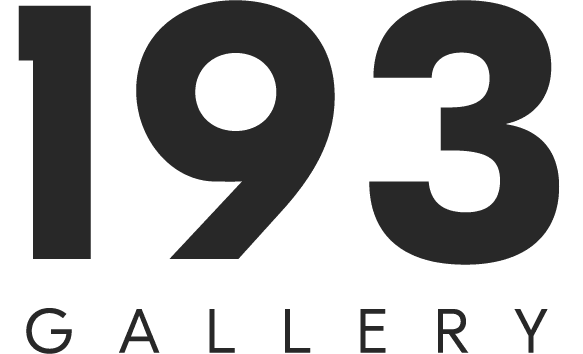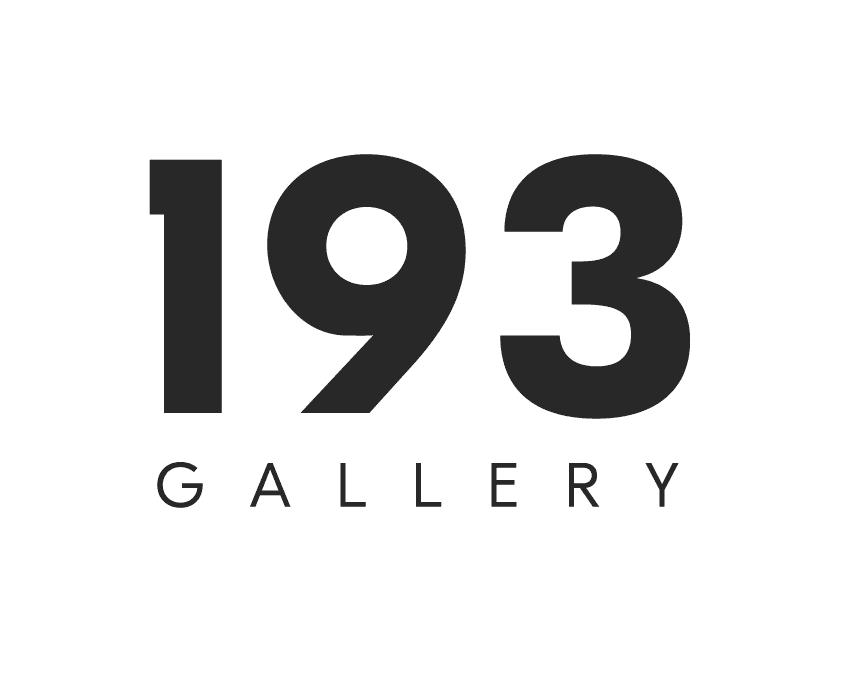
Shinji Nagabe Brazil, b. 1975
118 1/8 x 65 x 17 3/4 in
Inspired by The Garden of Earthly Delights by Hieronymus Bosch and the idealized representations of paradise in Christianity, O Reino de Deus (The Kingdom of God) offers a sharp reflection on the concept of "paradise" in contemporary society. Through this work, the artist revisits personal archives and images from 2013 to create a utopian vision that, at first glance, seems bathed in harmony. Yet, this harmony is deceptive: the work reveals a profound fragmentation, where individuals are divided into distinct layers — differentiated by color, origin, or social status — and exist in spheres that never intersect.
The composition, structured in four superimposed veils, materializes this social and identity stratification. At the center, a shining sun symbolizing the euro (€) illuminates all the layers, emphasizing the omnipresent role of the economy in these divisions. Part of the Dioramas series, the work explores the formation of personal and collective identities through an organization of layers that stack and interact over time. This dynamic of superposition, oscillating between isolation and interdependence, reflects a society where coexistence does not necessarily equate to communion.
__
Inspirée par Le Jardin des Délices de Jérôme Bosch et les représentations idéalisées du paradis dans le christianisme, O Reino de Deus (Le Royaume de Dieu) propose une réflexion incisive sur le concept de "paradis" dans notre société contemporaine. À travers cette œuvre, l’artiste revisite des archives personnelles de 2013 pour créer une vision utopique qui, à première vue, semble baignée d’harmonie. Pourtant, cette harmonie est illusoire : l'œuvre révèle une fragmentation profonde, où les individus sont divisés en couches distinctes — différenciés par leur couleur, leur origine ou leur statut social — et évoluent dans des sphères qui ne se rencontrent jamais.
La composition, structurée en quatre voiles superposés, matérialise cette stratification sociale et identitaire. Au centre, un soleil scintillant représentant l’euro (€) illumine toutes les couches, soulignant le rôle omniprésent de l’économie dans ces divisions. Inscrite dans la série Dioramas, l’œuvre interroge la formation des identités personnelles et collectives, à travers une organisation en couches qui s’empilent et interagissent au fil du temps. Cette dynamique de superposition, entre isolement et interdépendance, reflète une société où la coexistence ne signifie pas nécessairement la communion.

